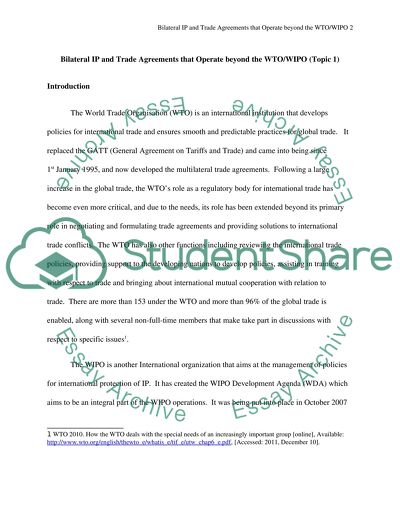Cite this document
(“Bilateral IP and trade agreements that operate beyond the WTO/WIPO Coursework”, n.d.)
Retrieved from https://studentshare.org/law/1393390-intellectual-property-law
Retrieved from https://studentshare.org/law/1393390-intellectual-property-law
(Bilateral IP and Trade Agreements That Operate Beyond the WTO/WIPO Coursework)
https://studentshare.org/law/1393390-intellectual-property-law.
https://studentshare.org/law/1393390-intellectual-property-law.
“Bilateral IP and Trade Agreements That Operate Beyond the WTO/WIPO Coursework”, n.d. https://studentshare.org/law/1393390-intellectual-property-law.


